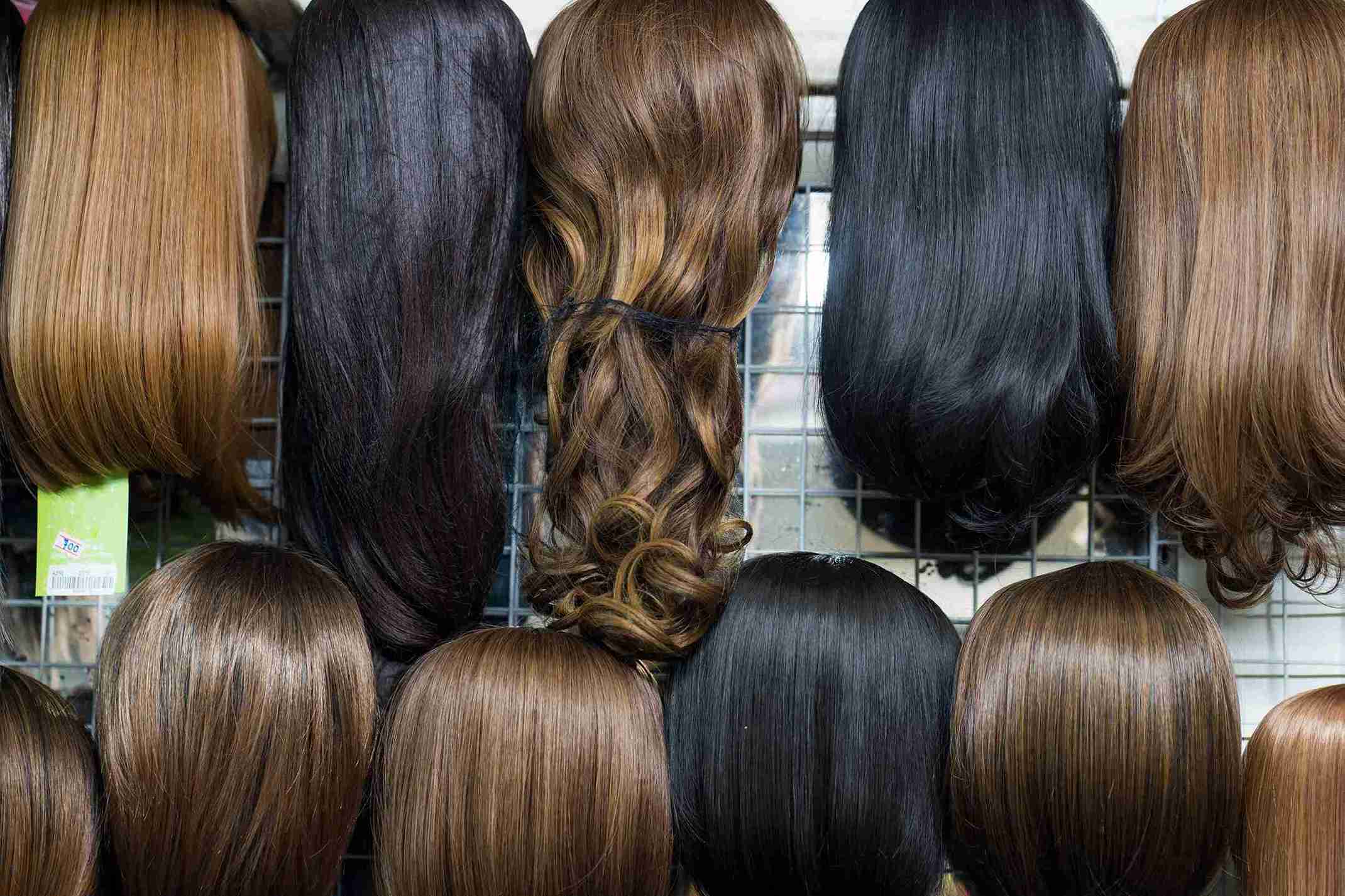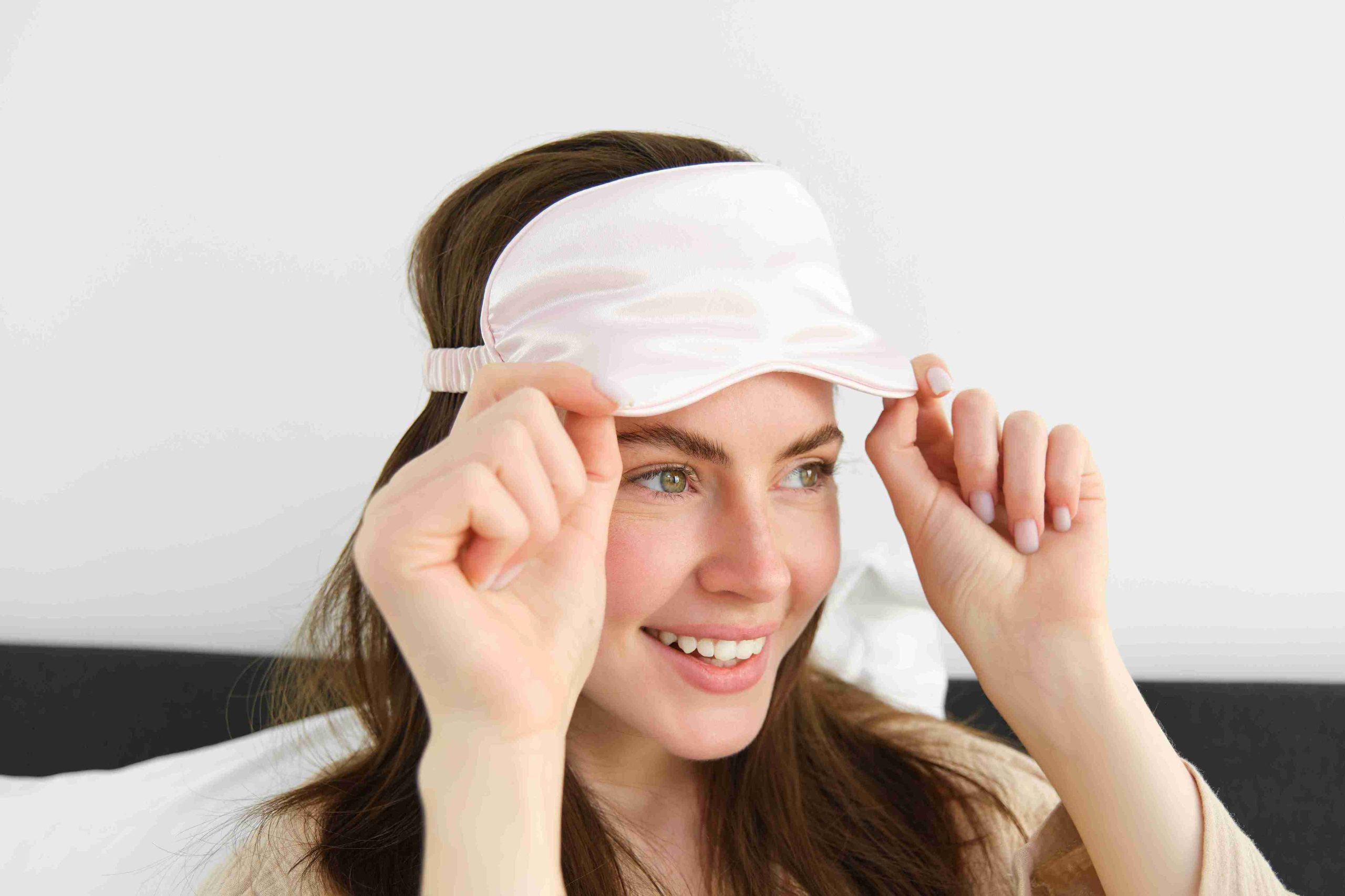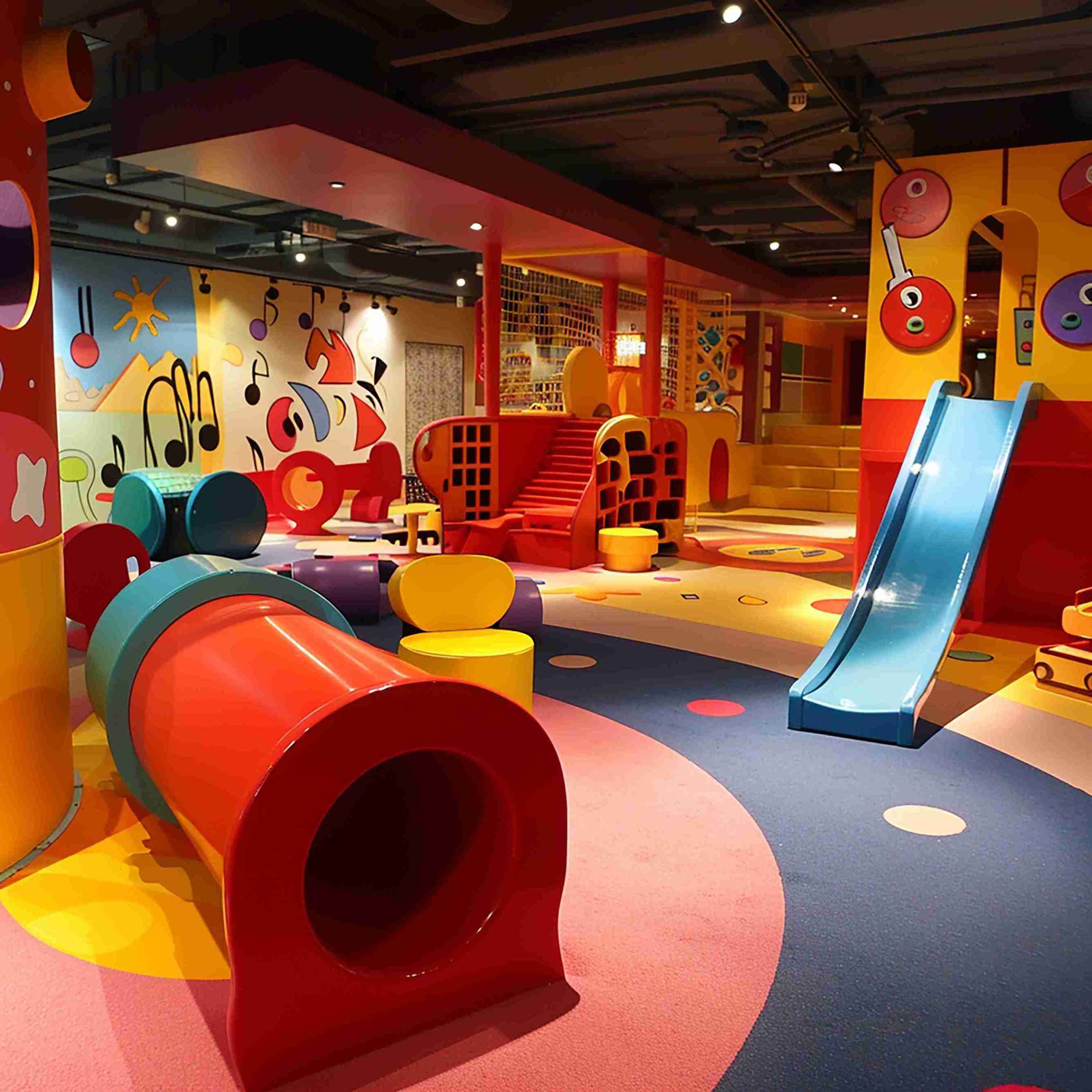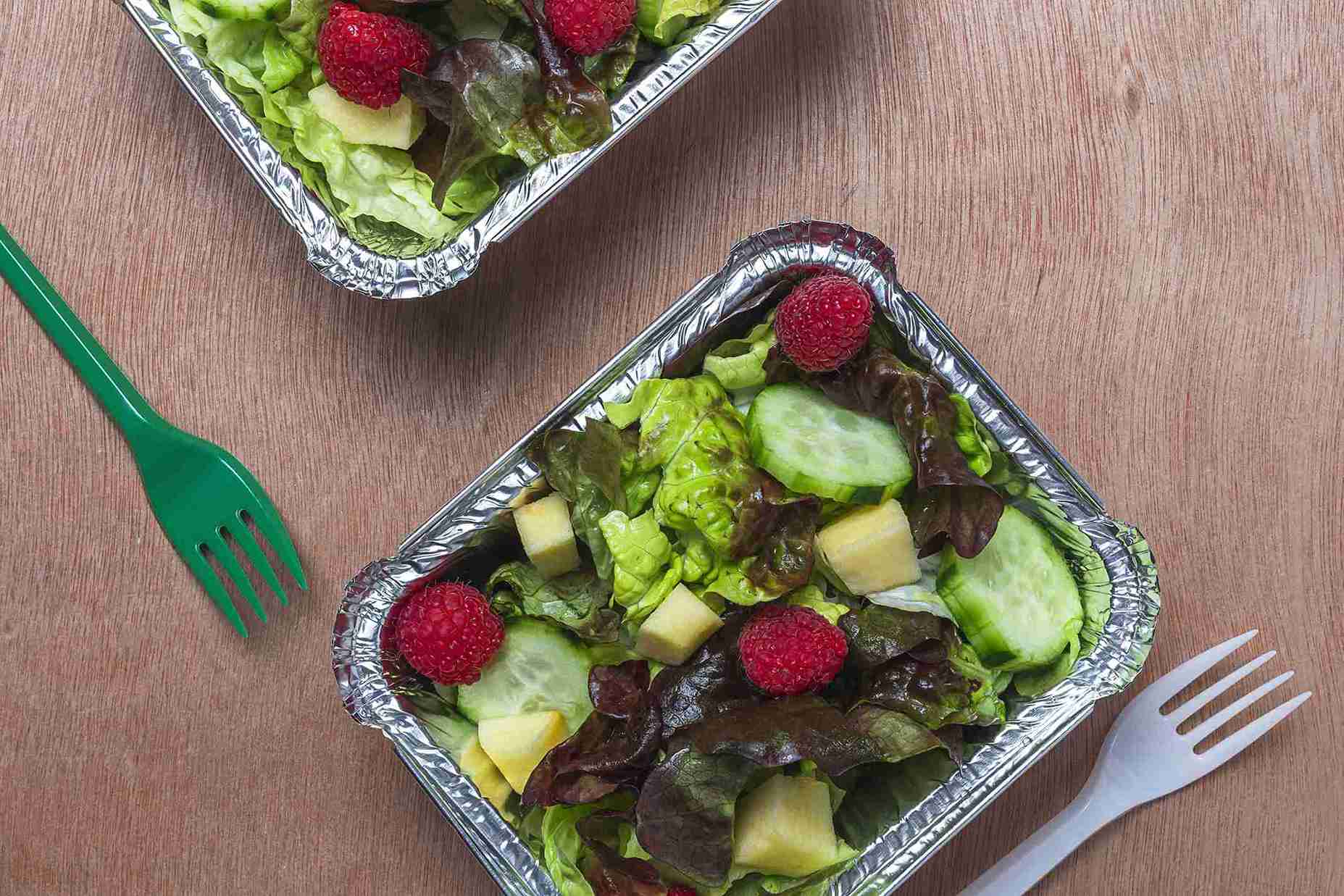Formulation of products is not the only story in the world of skincare. The potency, longevity, and performance of a serum rely not just on what’s inside the bottle but on the bottle itself. The active ingredients are becoming more sophisticated and therefore the packaging solutions that protect the active ingredients must also be sophisticated.
Cosmetic bottles and jars are more than aesthetic choices—they’re engineered systems built to preserve sensitive compounds, shield formulations from environmental damage, and ensure hygienic dispensing. Cosmetic packaging science is a combination of material engineering, product stability studies and user experience, all into one important aspect.
This article explores how packaging choices directly influence serum quality. From UV-blocking glass to airless pump systems, the design and composition of cosmetic bottles and jars play a vital role in keeping skincare products stable, effective, and safe from the lab to the consumer’s shelf.
Why Do Cosmetic Bottles and Jars Matter in Skincare?
Choosing the right cosmetic bottles and jars is not merely a branding decision—it’s a necessity for maintaining the integrity of modern skincare products. Serums, in particular, contain concentrated active ingredients like peptides, vitamin C, hyaluronic acid, and retinoids that are highly sensitive to light, air, and temperature fluctuations.
These substances are sensitive to oxygen or UV light and may be oxidized or destroyed, which decreases efficacy and even causes skin irritation. Appropriate packaging avoids such reactions by providing some forms of barriers which regulate the exposure of the product to the external factors. Airtight systems, tinted or opaque containers and protective coating all lead to a longer shelf life and a more positive end-user experience.

Besides, packaging influences user perception and application. A poorly designed jar may expose the serum to contaminants with each use, while an intelligently designed pump bottle dispenses the product hygienically and in precise amounts.
Types of Cosmetic Bottles and Jars Used for Serum Packaging:
The packaging of serums requires carefully selected cosmetic bottles and jars that support both product stability and functionality. There are a number of standard package types which are known to be effective in balancing aesthetics, technical and protective requirements.
- Dropper Bottles: They are frequently made from amber or cobalt blue glass. Such droppers are ideal for watery serums and allow controlled application. However, they can expose the contents to air with each use.
- Airless Pump Bottles: These containers use a vacuum-based dispensing system that prevents air from entering the bottle. Such bottles can extend the serum’s shelf life and can reduce contamination risk.
- Opaque or UV-Protective Bottles: They are used for light-sensitive formulations. These bottles block ultraviolet rays that can destabilize key actives like vitamin C or retinol.
- Mini Jars or Ampoules: They are often used for single-use or short-term storage. These containers are perfect for trial sizes or highly reactive serums.
- Glass vs. Plastic: While glass offers better chemical resistance and aesthetics, advanced plastics like PET or PP are lightweight, shatterproof, and more travel-friendly.
How Serum Stability Depends on the Right Packaging?
The stability of a serum—its ability to retain its chemical structure and effectiveness over time—is directly impacted by the choice of packaging. Such sensitive substances as antioxidants and enzymes are rapidly destroyed by oxygen, light and changing temperatures. Therefore, cosmetic bottles and jars must function as active protectors, not just passive containers.
Air exposure is one of the most significant threats to serum longevity. Airless bottles and pump dispensers reduce this risk by limiting the product-environment contact to the minimum. Likewise, UV-sensitive ingredients are destroyed by UV. The harmful rays are blocked and photodegradation prevented using tinted glass or UV-coated plastic containers.
Moreover, temperature fluctuation and moisture entry may cause microbial contamination or chemical segregation. Jars with two layers and vacuum lids are more insulated and have a better control of hygiene, minimizing the use of heavy preservatives.
Material Science Behind Cosmetic Bottles and Jars:
Modern cosmetic bottles and jars are the product of sophisticated material science, designed not only for aesthetics but also for chemical compatibility, durability, and sustainability. The appropriate packaging material should be able to resist the internal interaction of the product as well as the external environmental influence.
Glass remains a popular choice for high-end serums due to its non-reactive surface and premium feel. It is leach resistant, keeps the product pure and has good barrier properties. But it is more cumbersome, more susceptible, and not so conveniently portable in kits.
Plastic, however, has benefits of weight, price and flexibility. Cosmetic containers are usually made of materials such as PET (Polyethylene Terephthalate) and PP (Polypropylene). They are low in density, shatter-proof and can be chemically modified in order to enhance their barrier properties.
The appropriate material will make sure that the container will be structurally sound, contamination-free, and brand-consistent, be it luxury, sustainability, or scientific accuracy.
The Role of Cosmetic Packaging in Serum Effectiveness:
The effectiveness of a serum doesn’t rely solely on its formulation—it’s also about how well that formulation is preserved and delivered. Cosmetic bottles and jars act as guardians of the serum’s potency, maintaining optimal conditions and enabling proper application.
Packaging has the effect of controlling dosage, minimising exposure to environmental stressors and waste. As an example, an airless pump can guarantee a steady delivery of an exact amount and avoid air oxidizing the product. On the contrary, open jars might cause contamination by frequent contact with fingers, which results in reduced stability.
Moreover, protective packaging helps maintain the pH balance and microbial safety of the serum over time. Essentially, it facilitates the scientific potential of every ingredient so that the users get the full advantage of the product as it is intended to be used.
Innovations in Serum Packaging: From Airless Bottles to UV-Protective Jars
In recent years, innovation in cosmetic bottles and jars has been driven by the growing complexity of serum formulations. Advanced packaging systems need to be provided to support the efficacy of new active ingredients.
Airless packaging has become an industry standard for high-performance serums. These systems remove backflow and limit oxygen exposure, and increase shelf life without the need to use preservatives. Most of the designs are refillable as well, which contributes to hygiene and sustainability.
Containers that are UV-protective, such as coated plastics and dark-colored glass, have been customized to the sensitivity of specific ingredients. For example, vitamin C-based serums often use amber or blue bottles to preserve stability.
Other inventions are intelligent dispensing pumps, tamper-proof caps and dual-chamber systems which isolate active ingredients until required. The technologies do not only increase product security, but also increase consumer confidence and satisfaction.
Conclusion:
The success of a serum is intricately tied to the design and quality of its cosmetic bottle or jar. Besides being containers, these packaging systems protect the potency of the product, maintain its stability, and form the user experience. As the cosmetic industry develops in material science, airless technology, and sustainable design, cosmetic packaging is becoming a potent extension of skincare innovation.
Not only to brands but also to the consumers, the right packaging is not a finishing touch, but a scientific necessity.




